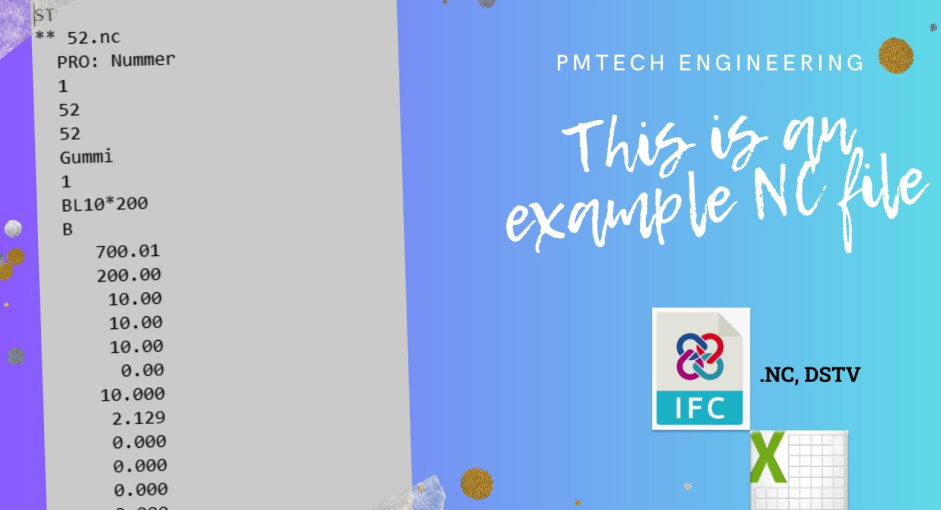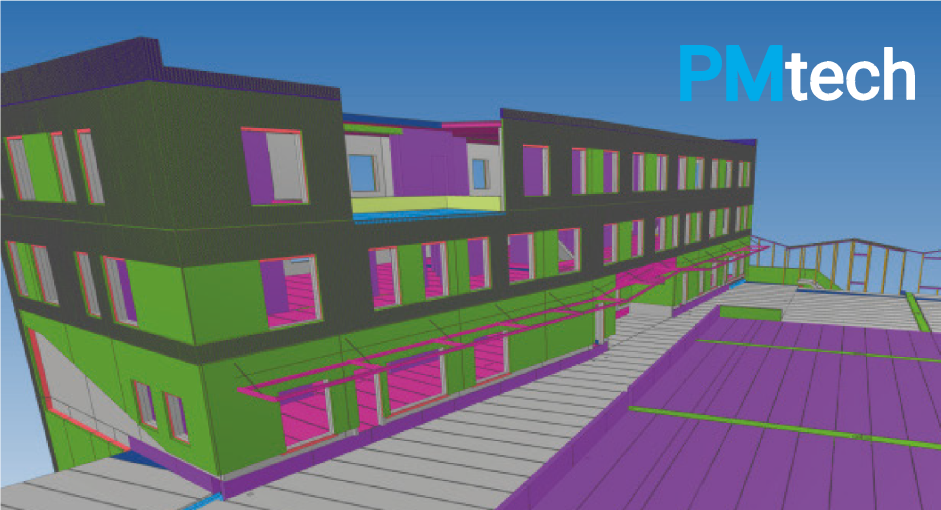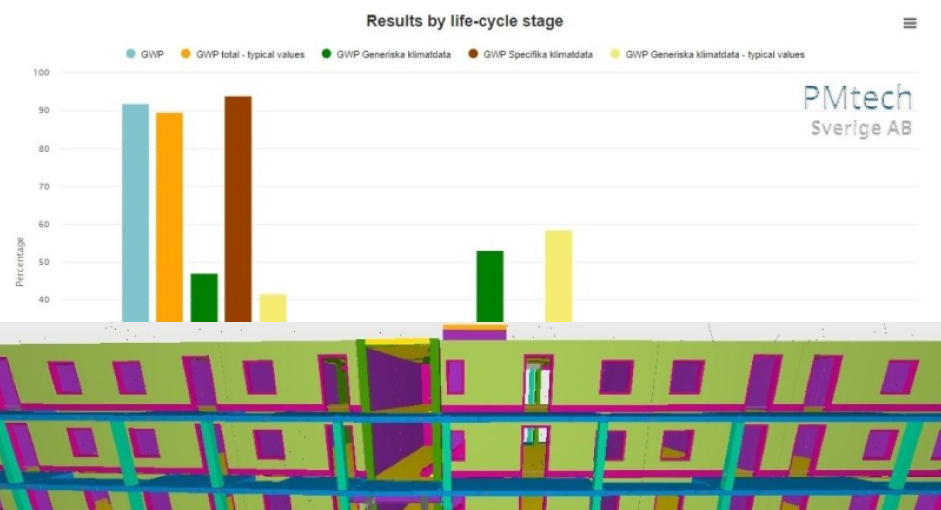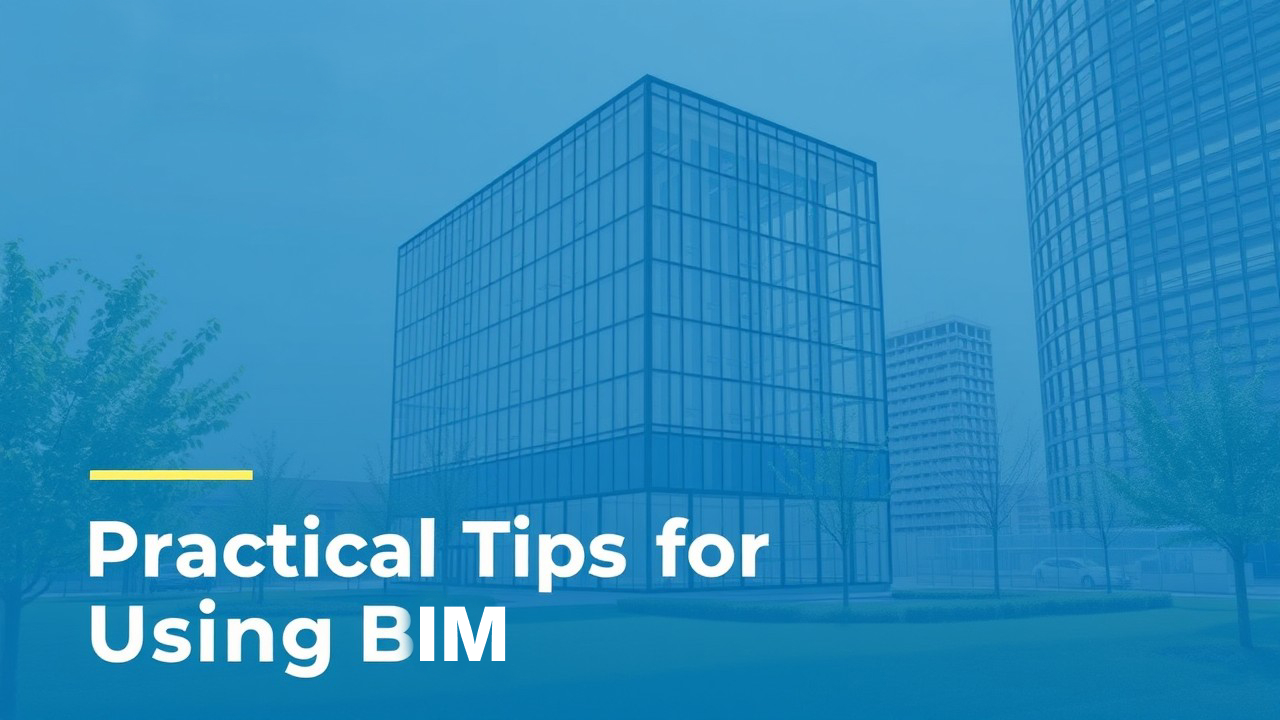Practical Tips for Using BIM to Improve Building Energy Performance
Oct 15, 2024
Posted by Maria Begouleva
At PMtech Engineering, we recognize the pivotal role Building Information Modeling (BIM) plays in improving the energy efficiency of buildings. When used effectively, BIM can result in substantial energy savings and contribute to a more sustainable built environment. Below are practical tips and best practices for engineering professionals to optimize energy performance through BIM.
1. Start with Energy Performance Goals
Tip: Define clear energy performance goals at the outset of your project. These goals should be based on industry standards and client requirements.
Best Practice: Use BIM to create a detailed energy model that incorporates these goals. This will guide design decisions and help ensure that energy efficiency is prioritized throughout the project.
2. Utilize Energy Analysis Tools
Tip: Integrate energy analysis tools with your BIM software to perform simulations and assess the energy impact of different design options.
Best Practice: Tools like Autodesk Insight or IES VE can be linked with your BIM model to provide real-time feedback on energy performance. Conduct these analyses early and often to inform design choices that maximize energy efficiency.
3. Optimize Building Orientation and Form
Tip: Use BIM to simulate various building orientations and shapes to determine the best energy performance configuration.
Best Practice: Consider factors such as natural light, shading, and wind patterns. For instance, orienting the building to maximize daylight while minimizing heat gain can reduce the need for artificial lighting and cooling.
4. Incorporate Renewable Energy Sources
Tip: Model the integration of renewable energy sources like solar panels or wind turbines within your BIM environment.
Best Practice: Use BIM to simulate the performance of these systems under different conditions. This helps design an optimal renewable energy strategy and estimate potential energy savings.
5. Improve Insulation and Building Envelope
Tip: Use BIM to model different insulation materials and building envelope designs to find the most effective combination.
Best Practice: Perform thermal simulations to assess the impact of various insulation levels on energy performance. Select materials and designs that provide the best thermal efficiency while remaining cost-effective.
6. Collaborate with Stakeholders
Tip: Facilitate collaboration among architects, engineers, and contractors using a cloud-based BIM platform.
Best Practice: Platforms like Autodesk BIM 360 or Trimble Connect allow for seamless information exchange and real-time updates. This ensures all stakeholders are aligned and can make informed decisions to enhance energy performance.
7. Implement Smart Building Technologies
Tip: Use BIM to plan and simulate the integration of smart building technologies such as automated lighting, HVAC controls, and energy monitoring systems.
Best Practice: Model the impact of these technologies on overall energy consumption. Implement systems that provide real-time monitoring and control, allowing for ongoing optimization of energy use.
8. Regularly Update and Maintain BIM Models
Tip: Keep your BIM models updated throughout the building’s lifecycle to ensure they reflect any changes or upgrades made.
Best Practice: Use these models for ongoing energy performance monitoring and maintenance planning. This helps in identifying areas for improvement and ensuring that the building continues to operate efficiently.
9. Educate and Train Your Team
Tip: Invest in training your team to effectively use BIM tools and understand energy performance principles.
Best Practice: Regular workshops and continuous learning opportunities can ensure that your team stays up-to-date with the latest BIM technologies and best practices for energy efficiency.
10. Conduct Post-Occupancy Evaluations
Tip: After the building is occupied, use BIM to conduct post-occupancy evaluations to measure actual energy performance against predicted outcomes.
Best Practice: Analyze the data collected to identify any discrepancies and areas for improvement. This feedback loop is essential for refining future designs and achieving even better energy performance.
By following these practical tips and best practices, engineering professionals can harness the full potential of BIM to significantly improve the energy performance of buildings. We are committed to driving innovation and sustainability in the construction industry. Let’s work together to build a more energy-efficient future.
Feel free to contact us for more insights and support on using BIM for energy performance optimization. Together, we can make a difference

Maria Begouleva
Director of Engineering (CTO), PMtech Group

PMtech Engineering can generate CNC data to control automated machinery for fabrication directly
June 23, 2023
CNC (Computer Numerical Control) is a method of automated equipment control used in manufacturing, including milling machines, lathes, laser cutters, and other types of machines.

PMtech Engineering’s scope of work with digital building design
June 21, 2023
Generate output lists by providing intelligent attributes along with 3D information.
Generate quantity lists and bills of materials for all elements.Determine space states.

CO2-optimization of reinforced concrete frames
June 6, 2023
In our projects we are strongly committed to the values of sustainable development and environmental policy in all our projects. From early stage consultations to CO2 optimization.



